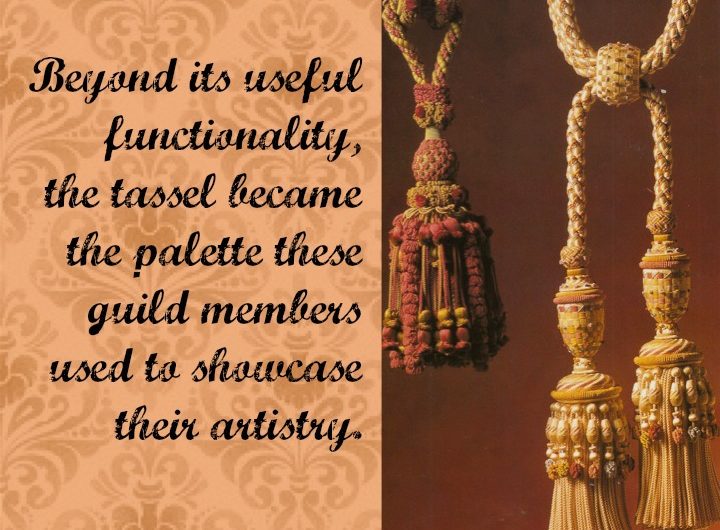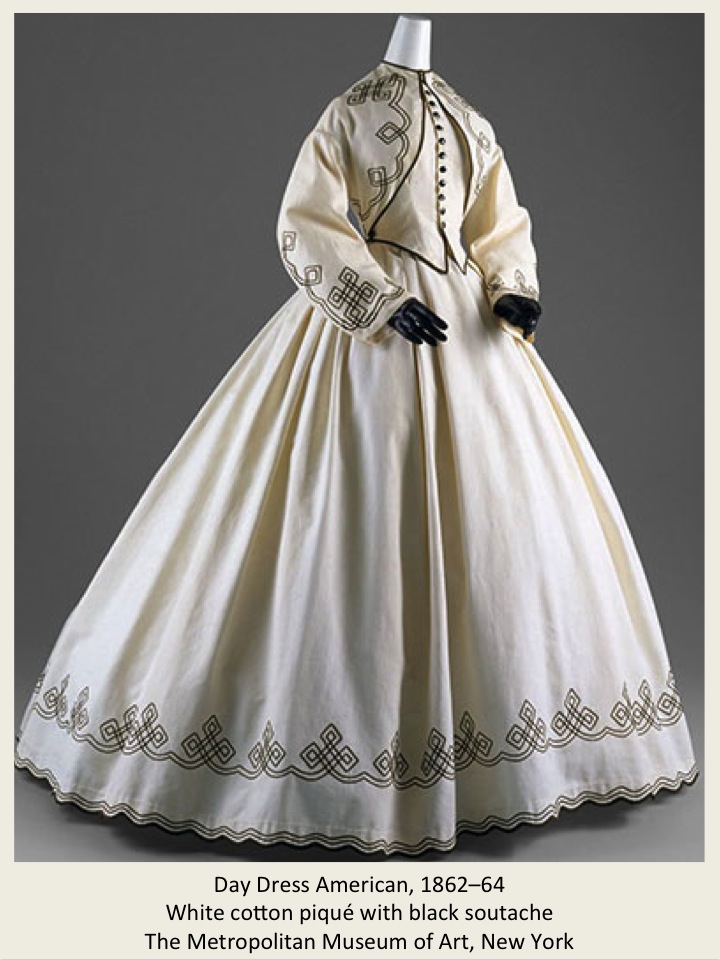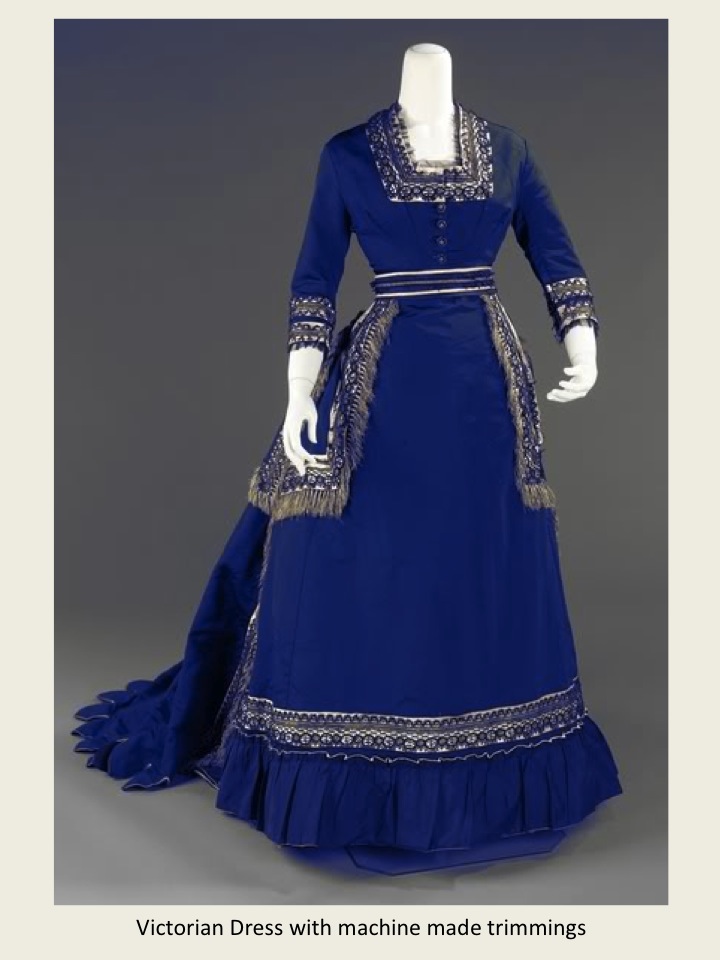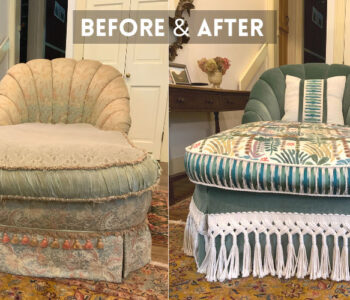 Fashion
Fashion
Trim trends NOW and what is PASSEMENTERIE anyway?
Welcome to my blog. Each month I will showcase the infinite world of trimmings, and cover how the fashion and home decor industries are getting creative with trim. I hope this blog inspires you to view these humble, indispensable little accoutrements in the spotlight they deserve. I invite you to share your insights and your own pictures of modern trim applications with our community of style-mad designers and makers.
Click on the video below for a visual tour of what’s happening NOW. Pictures are from High Point Furniture Market, various showrooms, trim sightings, and rooms from the recent Adamsleigh Decorator Show House in Greensboro, NC.
Have you ever wondered where trimmings originate? Well here’s a brief history of trimmings. Trimming can be traced back to the nomadic tribes of the Middle East. Cords were made to help construct tents and woven bands were used to tie provisions onto camels and donkeys, during travel. Eventually, some of these useful materials evolved into a decorative form as artisans began to play with the medium. Decoration always seems to originate with functional beginnings.

It wasn’t until the 16th Century in France that these soft. useful materials used to prevent the unraveling of a cord or knot for cushions or draperies became a recognized art form called Passementerie. Literally meaning “turning by the hand”. The artists Guild of Passementiers was created and seven years of an apprenticeship was required to become a master. The French aristocracy kept these artisans busy covering nearly every square inch of their noble residences embellishing their fine fabrics and furnishings. Many ateliers still exist today in the Bastille district of southeastern Paris, want to go?

Passementerie soon reached beyond interior decoration and became a sign of economic status and social distinction when used on clothing. This included the handwork making frogs, soutache embroidery, epaulettes for distinguished aristocracy, clergy and military officers. Using real gold thread was de rigueur for the passementiers and their clientele.
The use of passementerie peaked in the Georgian and Victorian eras. After the Revolutionary War, more passementerie was exported to America via southern France to be used for clothing and in décor. Did you catch this soutache embroidered day dress at The Met? (below) Although the decor examples are rare, there are exquisite examples preserved in the fashion of the times.

It was during the industrial revolution of the 19th century that a bastardized version of passementerie was born, the TRIMMINGS industry.
Stay tuned next time for how the use of trimmings progressed through mechanization. In the meantime, head on over to my Facebook page or peruse my gallery tab for some eye candy. Have you seen a creative use of trimmings lately? Ping me, I’d love to share it!
Stay inspired,











8 COMMENTS
YOU SURE DESERVE THE TITLE QUEEN OF TRIM, SO NICE TO SHARE A COMMON INTEREST
YOU HAVE A GREAT TALENT
YOUR FAVORITE TASSEL MAKER
ED
Very happy to see this blog. As I look through the fashion magazines from the last year, I see a rebirth of trimmings used in new and innovative ways.
Love the history on passementerie. Your trims are beautiful; looking forward to adopting them for future projects!
Best wishes!
Claudine
I never dreamed the history behind trimmings could be so fascinating! Seriously. Can’t wait to read the next installment 🙂
Can’t wait to learn more Jana! You have a great voice and are so immensely qualified to educate and inspire..
Hi Jana,
Such an interesting and lovely website.
Barbara Krohn
Very interesting, good job and thanks for sharing such a good blog. Your article is so convincing that I never stop myself to say something about it. You’re doing a great job. Keep it up
Vera, thanks so much for reading and stopping by my blog. Keep coming back!
Comments are closed.